Introduction
Lamb tripe, a culinary delight enjoyed across various cultures, holds a unique place in the gastronomic world. This versatile ingredient, derived from the stomach lining of sheep, offers a rich texture and mild flavor that can be transformed into an array of mouthwatering dishes. From hearty stews to crispy stir-fries, lamb tripe’s appeal lies in its ability to absorb flavors and retain a tender consistency when cooked properly. However, achieving the perfect texture and taste often hinges on one crucial factor: cooking time. In this article, we delve into the intricacies of cooking lamb tripe, exploring the optimal duration to ensure it is both delicious and tender.
Understanding Lamb Tripe
Before discussing the cooking time, it’s essential to understand the nature of lamb tripe. Lamb tripe comes in various types, including honeycomb tripe, blanket tripe, and book tripe, each with its unique texture and cooking requirements. Generally, lamb tripe is known for its rubbery texture when raw, which necessitates a thorough cooking process to soften and tenderize it.
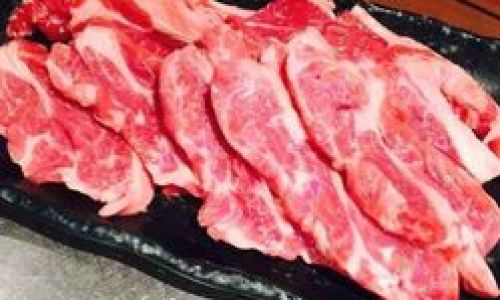
Proper preparation is key to transforming raw lamb tripe into a culinary masterpiece. This involves thorough cleaning to remove any impurities and odors, often achieved through soaking, blanching, and scraping. Once cleaned, lamb tripe is ready for the cooking process, where the duration and method play pivotal roles in determining its final texture and flavor.
The Importance of Cooking Time
Cooking time is a critical aspect of preparing lamb tripe. Undercooking can result in a tough, chewy texture that is unpleasant to eat, while overcooking can turn the tripe into a mushy, flavorless mess. Finding the perfect balance ensures that the tripe retains its shape and texture while becoming tender and flavorful.
Several factors influence the optimal cooking time for lamb tripe, including the type and thickness of the tripe, the cooking method, and the desired final texture. For instance, thicker pieces of tripe require longer cooking times compared to thinner ones. Similarly, slow-cooking methods like braising or stewing tend to require more time than quicker methods like stir-frying or pressure cooking.
Cooking Methods and Their Corresponding Times
- Boiling
Boiling is a straightforward method for cooking lamb tripe, especially suitable for larger pieces or when preparing tripe for stews and soups. To begin, clean and cut the tripe into desired pieces. Place the tripe in a large pot filled with water, ensuring it is fully submerged. Bring the water to a boil, then reduce the heat to a simmer.
For tender, flavorful tripe, simmering times can range from 1.5 to 3 hours, depending on the thickness and desired texture. Thinner pieces may require only an hour and a half, while thicker pieces can take up to three hours. During simmering, it’s essential to maintain a gentle boil to prevent the tripe from becoming too tough. Seasoning the water with aromatic vegetables like onions, carrots, and celery can enhance the flavor of the tripe as it cooks.
- Pressure Cooking
Pressure cooking is a faster alternative to boiling, significantly reducing the cooking time while achieving similar results. Clean and cut the tripe into pieces, then place it in a pressure cooker with enough water or broth to cover. Add aromatic vegetables and seasonings for added flavor.
For pressure-cooked lamb tripe, cooking times typically range from 30 to 45 minutes, depending on the thickness and desired texture. Thicker pieces may require the full 45 minutes, while thinner ones can be ready in just 30 minutes. Once the cooking time is up, allow the pressure to release naturally to prevent the tripe from overcooking.
- Braising
Braising combines moist heat with a slow cooking process, making it ideal for tenderizing tough cuts of meat and offal, including lamb tripe. Start by searing the cleaned and cut tripe pieces in a hot pan with a small amount of oil until browned on all sides. This step adds flavor and helps to hold the juices within the tripe during cooking.
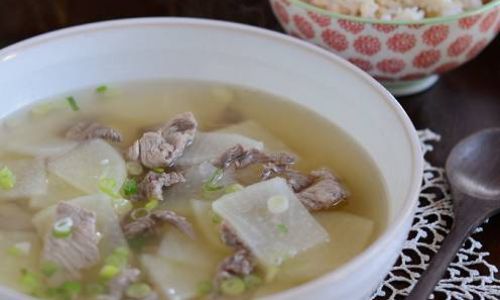
Transfer the seared tripe to a heavy-bottomed pot or Dutch oven, adding aromatic vegetables, broth, and seasonings. Bring the mixture to a simmer, then cover and cook on low heat for 1.5 to 2.5 hours, depending on the thickness of the tripe. Braised lamb tripe should be tender and flavorful, with a rich, savory broth that can be served as a sauce or the base for a stew.
- Stir-Frying
While stir-frying is generally not suitable for large pieces of lamb tripe due to the quick cooking time, it can be used for thinly sliced tripe in stir-fry dishes. Begin by blanching the thinly sliced tripe in boiling water for about 5-10 minutes to partially cook it and soften its texture. Drain and pat the tripe dry before stir-frying.
Heat a small amount of oil in a wok or large skillet over high heat. Add the blanched tripe and stir-fry for 2-3 minutes until heated through and slightly crispy. Add vegetables, sauces, and seasonings as desired, stirring constantly to prevent burning. Stir-fried lamb tripe should be tender yet slightly chewy, with a nice crispiness on the edges.
Seasoning and Flavor Enhancement
Regardless of the cooking method, seasoning and flavor enhancement are crucial steps in preparing delicious lamb tripe. Aromatic vegetables like onions, garlic, carrots, and celery can be added to the cooking liquid to infuse the tripe with rich, savory flavors. Herbs and spices such as bay leaves, thyme, rosemary, and black pepper can also be used to deepen the dish’s complexity.
For additional flavor, consider marinating the tripe in a mixture of vinegar, garlic, and herbs before cooking. This step helps to tenderize the tripe and infuse it with additional flavors. Additionally, finishing the cooked tripe with a drizzle of olive oil, a squeeze of lemon juice, or a sprinkle of fresh herbs like parsley or cilantro can elevate its taste and presentation.
Conclusion
In conclusion, achieving the perfect texture and flavor in lamb tripe requires careful attention to cooking time, method, and seasoning. Whether boiling, pressure cooking, braising, or stir-frying, the key to delicious lamb tripe lies in understanding the unique characteristics of the ingredient and adjusting the cooking process accordingly. By following the guidelines outlined in this article, you can transform raw lamb tripe into a tender, flavorful dish that will delight your taste buds and impress your guests.
Remember, the optimal cooking time for lamb tripe can vary based on factors such as thickness, cooking method, and personal preference. Experimenting with different techniques and timings will help you discover the perfect balance for your taste. With patience, practice, and a love for culinary exploration, you can master the art of cooking lamb tripe and elevate your culinary repertoire to new heights. Enjoy your culinary journey with lamb tripe, and happy cooking!

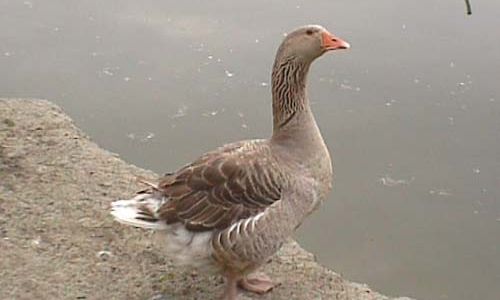

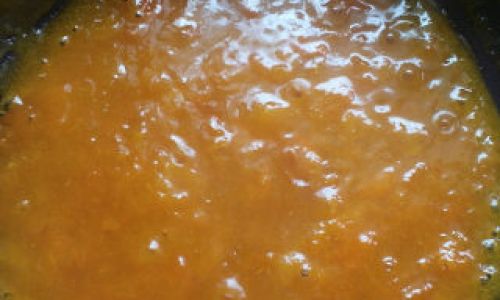
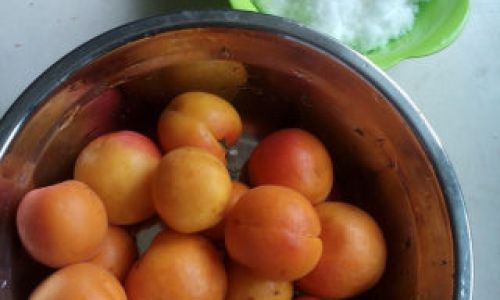
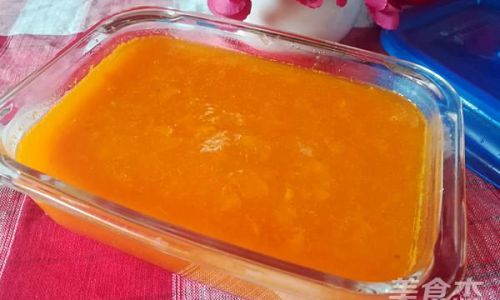
0 comments